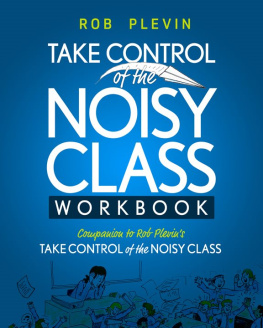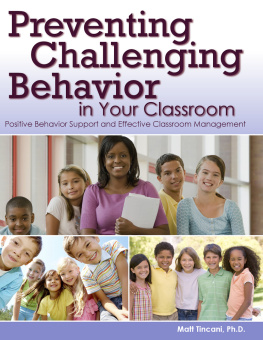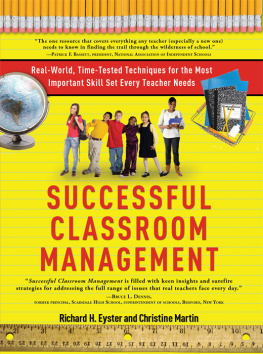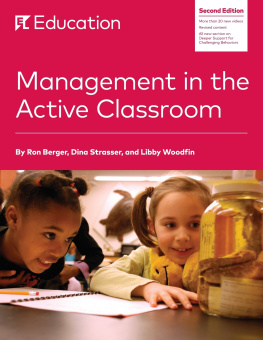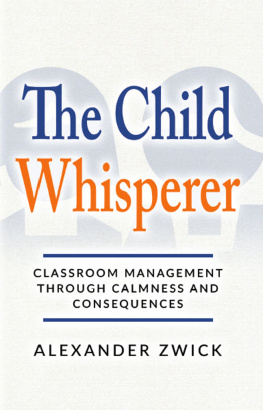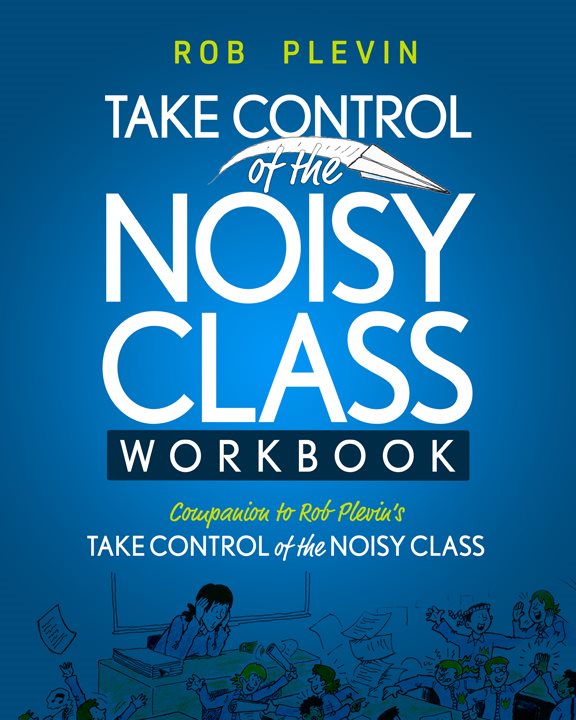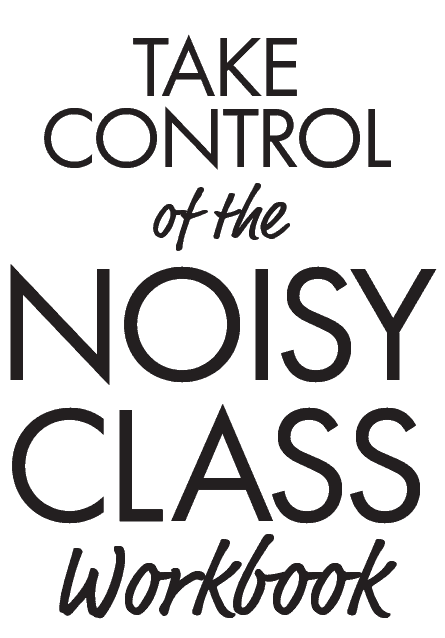Rob Plevin - Take Control of the Noisy Class Workbook
Here you can read online Rob Plevin - Take Control of the Noisy Class Workbook full text of the book (entire story) in english for free. Download pdf and epub, get meaning, cover and reviews about this ebook. year: 2020, publisher: Life Raft Media Ltd, genre: Home and family. Description of the work, (preface) as well as reviews are available. Best literature library LitArk.com created for fans of good reading and offers a wide selection of genres:
Romance novel
Science fiction
Adventure
Detective
Science
History
Home and family
Prose
Art
Politics
Computer
Non-fiction
Religion
Business
Children
Humor
Choose a favorite category and find really read worthwhile books. Enjoy immersion in the world of imagination, feel the emotions of the characters or learn something new for yourself, make an fascinating discovery.
- Book:Take Control of the Noisy Class Workbook
- Author:
- Publisher:Life Raft Media Ltd
- Genre:
- Year:2020
- Rating:3 / 5
- Favourites:Add to favourites
- Your mark:
Take Control of the Noisy Class Workbook: summary, description and annotation
We offer to read an annotation, description, summary or preface (depends on what the author of the book "Take Control of the Noisy Class Workbook" wrote himself). If you haven't found the necessary information about the book — write in the comments, we will try to find it.
Used in conjunction with the best-selling Take Control of the Noisy Class, this workbook gives teachers the opportunity to further explore and understand the Needs Focused Classroom Management philosophy. Through a series of practical exercises and thought-provoking questions Rob Plevin will teach you to fully understand the 7 key steps to classroom management success in the shortest possible time.
Youll learn:
The essential first steps to classroom management success. Without these in place teaching will always be an uphill battle.
How to automate your classroom - the key routines you MUST establish to eliminiate classroom chaos
How to give instructions so that your students will LISTEN and do as they are asked.
How the right type of consequence can bring an instant end to behaviour problems.
How to deliver consequences in a way which PROMOTES respect from your students.
How to build the kind of teacher-student relationships which change lives. THIS is where the magic happens.
How to create a (VERY) positive classroom environment so that your lessons are the most popular in school
How to ensure your students behave appropriately in lessons (HINT: this happens OUTSIDE your classroom).
Plus much more.
Also provides the basis for effective, affordable staff development.
The Take Control of the Noisy Class Workbook is the perfect resource for affordable staff development - with a brief after school or pre-school meeting being a great source of new skills for a whole department or small group of teaching colleagues. Included with the workbook are guidelines for running Study Group meetings together with a range of suitable group activities, scenarious and prompts to bring the strategies to life and help staff members solve difficult management problems and situations.
This hands-on, engaging companion to Take Control of the Noisy Class is the perfect way to develop and perfect outstanding classroom management skills.
Rob Plevin: author's other books
Who wrote Take Control of the Noisy Class Workbook? Find out the surname, the name of the author of the book and a list of all author's works by series.

